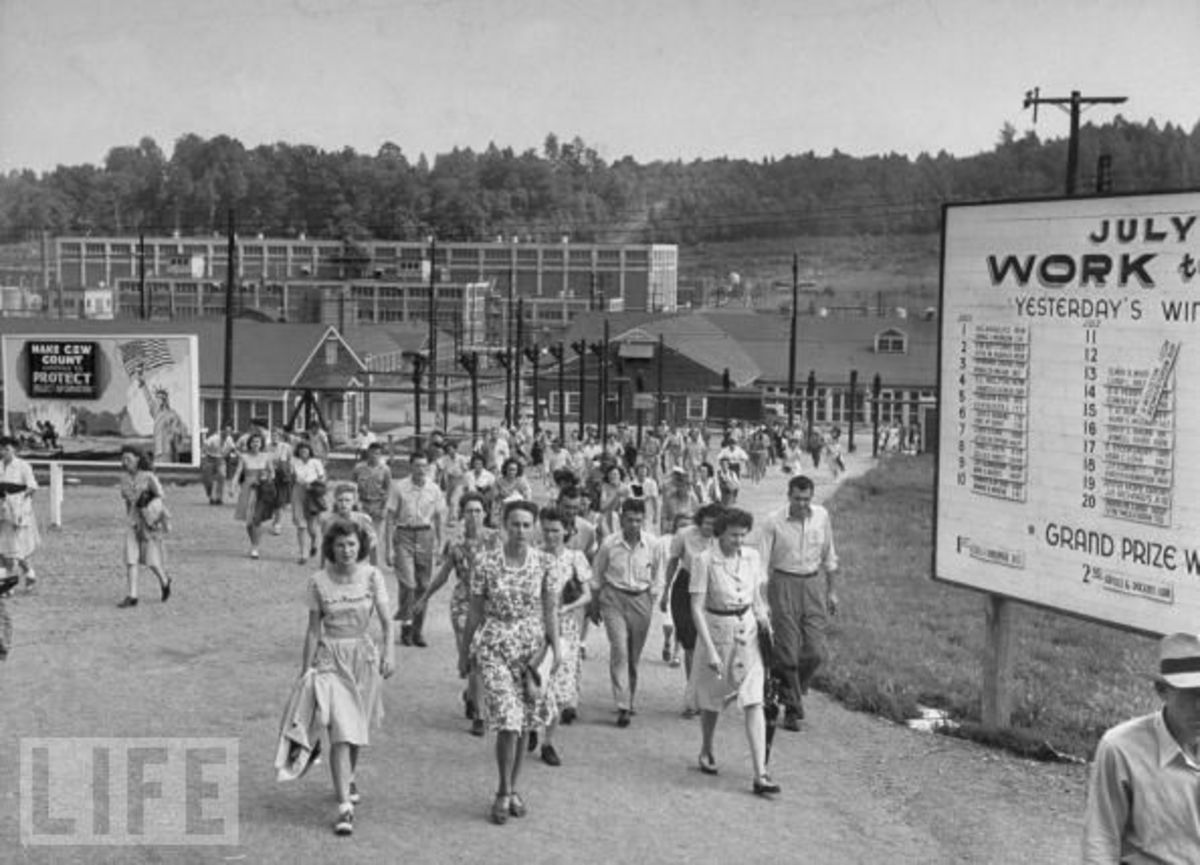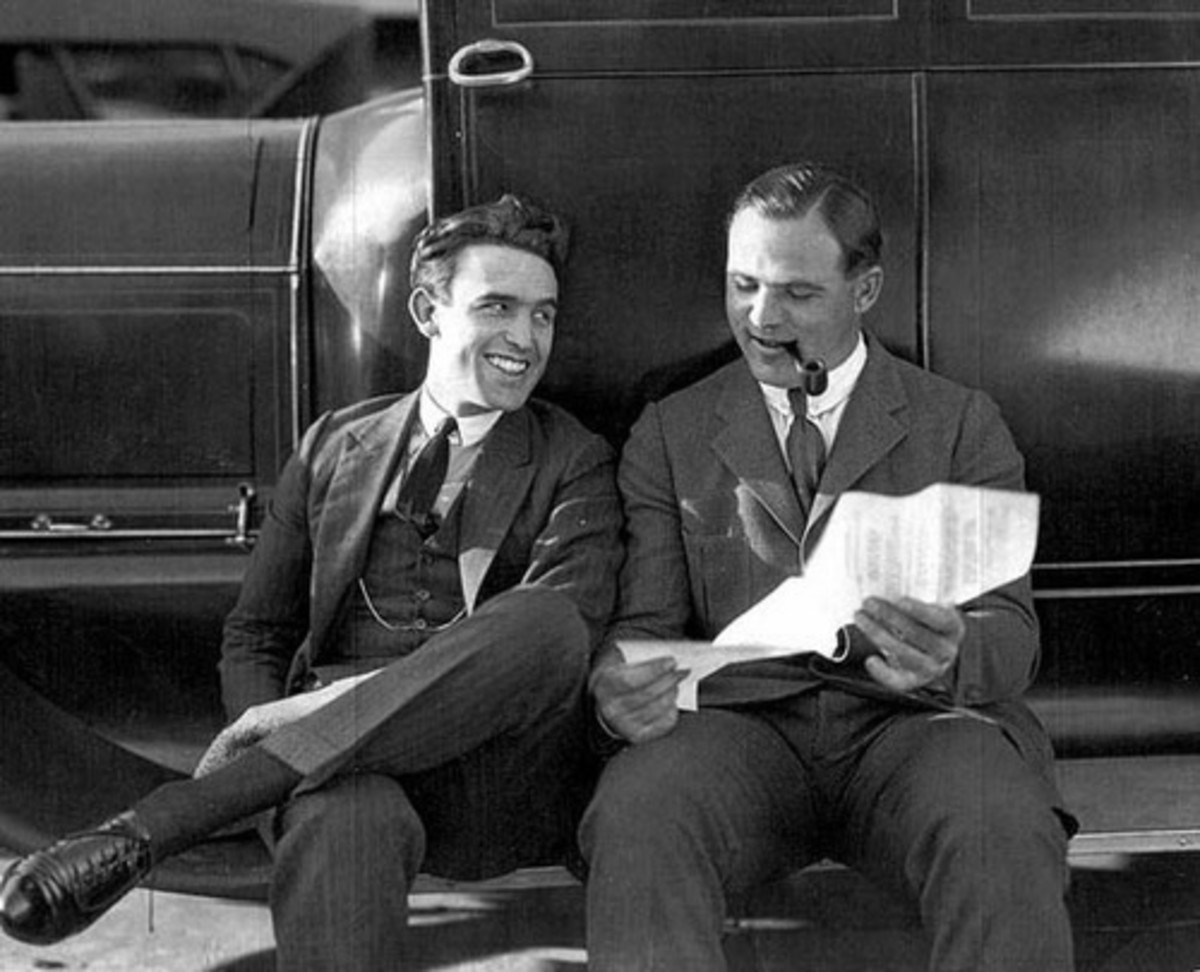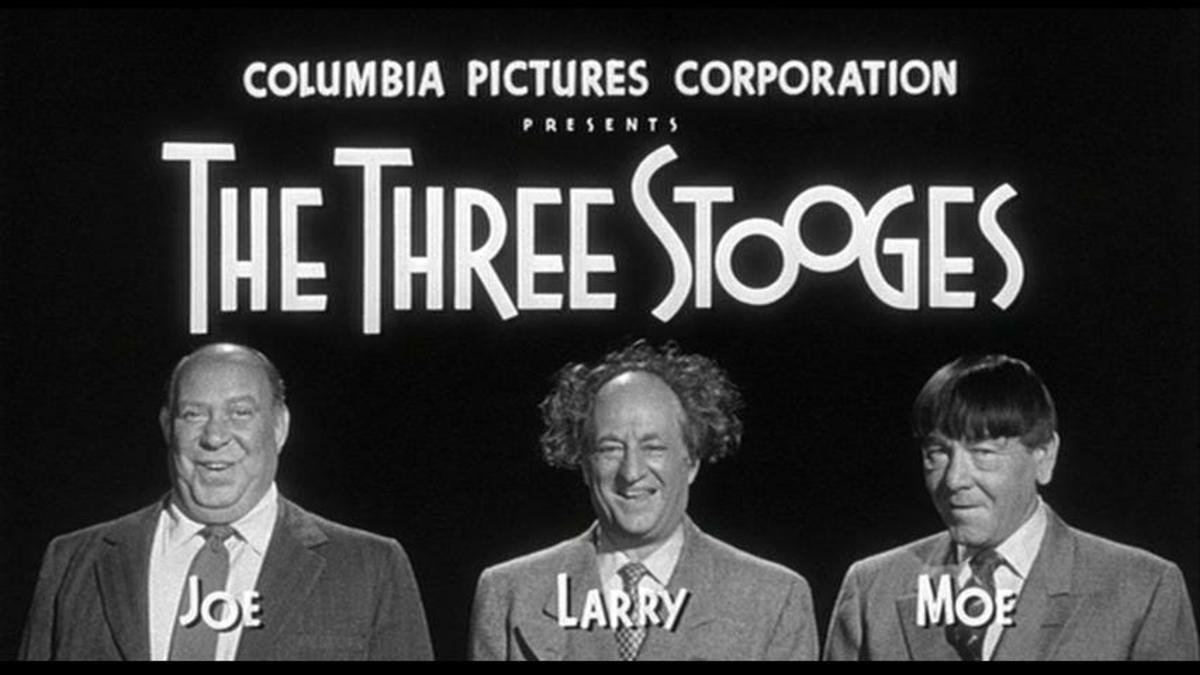Development of the F-bomb; a Military Secret Revealed.

Einstein and the Development of the A-Bomb
Although Albert Einstein had professed pacifism through most of his early life, he renounced the view after Adolf Hitler's rise to power in Germany. Einstein's fear of how Hitler was able to mold both Germans and Germany increased throughout the decade of the 1930s. By 1939, when a group of Hungarian Physicists led by Leó Szilárd asked Einstein to put them in touch with American President Franklin Delano Roosevelt, he acquiesced. In the letter Einstein warned of the danger of Germany's research into nuclear weapons and the great disadvantage the United States would be in if they lost that weapons race.
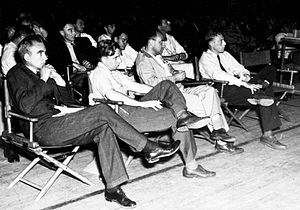
The Manhattan Project and Leslie Groves
At Roosevelt's urging, the Manhattan Project was formed to research and build an atomic weapon. Led by Major General Leslie Groves of the United States Army, the project became a huge enterprise; at it's height it employed more than 130,000 people and cost over 24 billion dollars, with currency adjusted to 2012 values.
Although Robert Oppenheimer and some of the other scientists were afraid that a nuclear chain reaction could go far beyond what they hoped for (in fact Oppenheimer at one point expressed a fear that a nuclear weapon might ignite the atmosphere and destroy the earth), the still pressed forward for bomb development and testing. The first bomb was tested on July 14, 1945. The test was successful and did not destroy the Earth.
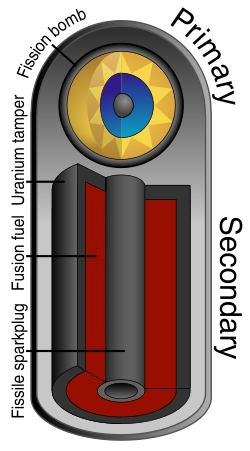
Development of the H-Bomb
While the use of the A-bombs on Japan unquestionably brought the Second World War to an end and put the United States in a power position never before held by any great state, it wasn't long before the Soviet Union entered the nuclear arena. To stay ahead of the communist's development of nuclear devices, the US embarked on studies into what became the H-bomb. It was basically two bombs--an uranium fission device that started a second Hydrogen fusion explosion. This design of Edwin Teller and Stanislaw Ulam introduced the first of the multi-megaton-TNT-equivalent nuclear devices; it is still the same basic design used today throughout the world.
Despite earlier fears that the testing of fusion and fission reactions could lead to long-chain, unstoppable chain reactions, the major powers of the world carried out larger and larger experiements. They tested weapons under the sea, in the air, and under the earth's surface. Once again, they failed to destroy the planet.

Development of the F-bomb
While the next development was not begun under the guidance of any government, it was eventually taken over by various arms of both the government and big business. While the development of the A-bomb took approximately 6 years and the H-bomb followed after about the same amount of time, the F-bomb was not widely deployed for many decades.
While the F-bomb does not have the same nuclear fission or fusion background of the other two mentioned in this article, it has been strongly regulated throughout the world. While first observed use of the F-bomb was recorded in 1475, it wasn't officially acknowledged until 1965. Between 1965 and 1977 a special underground project was created to hone the effectiveness of the munition.

The F-Bomb Goes Global
While the first F-bomb that was dropped was done during a highly controlled experiment overseen by both the FCC and other governmental agencies, it was a highly successful test. G.D.P. Carlin, during a telecast event on cable channel Home Box Office during 1977, effectively changed the course of the English-speaking world.
Unfortunately, it was discovered that the more the F-bomb was used, the less effective it became. The only known exception to this rule is its use on broadcast media in the United States of America. It can still create firestorms that result in the loss of livelihood for many in broadcast entertainment.
Despite being combined with 6 other similar weapons by Carlin, its efficacy continued to drop. According to Wikipedia, it is currently only the third most potent weapon in George Carlin's "7 Words You Can Never Say on Television."


